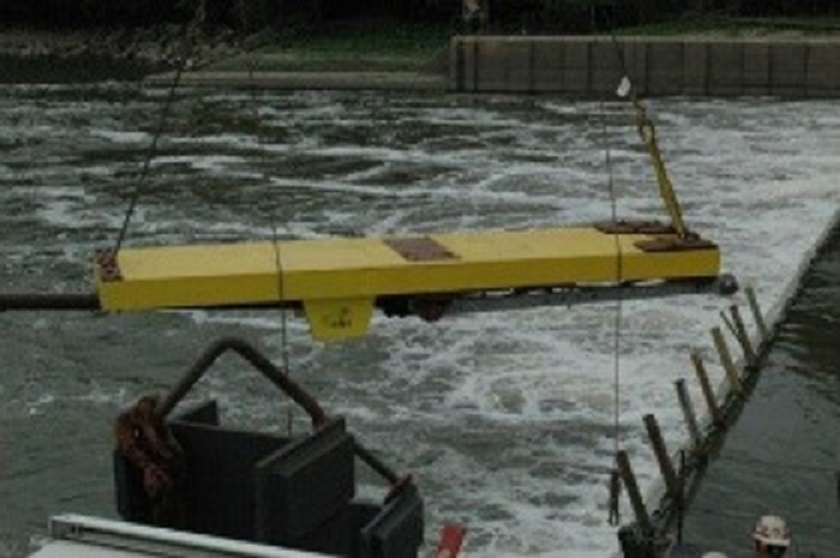

The Composites and Advanced Materials Expo (CAMX), taking place in Florida, Orlando, has announced the winners of the fourth annual CAMX Award. The award recognizes two innovations that could significantly impact composites and advanced materials. The Combined Strength Award acknowledges a product that incorporates composites materials that solves a problem through teamwork and collaboration, while the Unsurpassed Innovation Award celebrates a product with a design that incorporates low-cost materials for high-volume applications that can change the outlook of a particular market. The winner of this year's Combined Strength Award is Composite Advantage, LLC, which teamed up with West Virginia University and the US Army Corps of Engineers (USACE) to produce a new glass fiber reinforced product to replace standard wicket gates made of white oak. The composite wicket gate costs 40% less on a first-cost basis and could increase a gate's lifespan from 15 years to 50 years. The winner of the Unsurpassed Innovation Award is Structural Composites for its CoCure hybrid metal/composite technology featured in Wabash National's first trailer made with molded structural composites. By incorporating molded structural composites instead of aluminum, Wabash reportedly improved the trailer's overall thermal performance by up to 25%. The trailer's floor is also up to 20% lighter than it would be with steel, and the system is more puncture and damage-resistant than conventional constructions.
This story is reprinted from material from CAMX, with editorial changes made by Materials Today. The views expressed in this article do not necessarily represent those of Elsevier.


